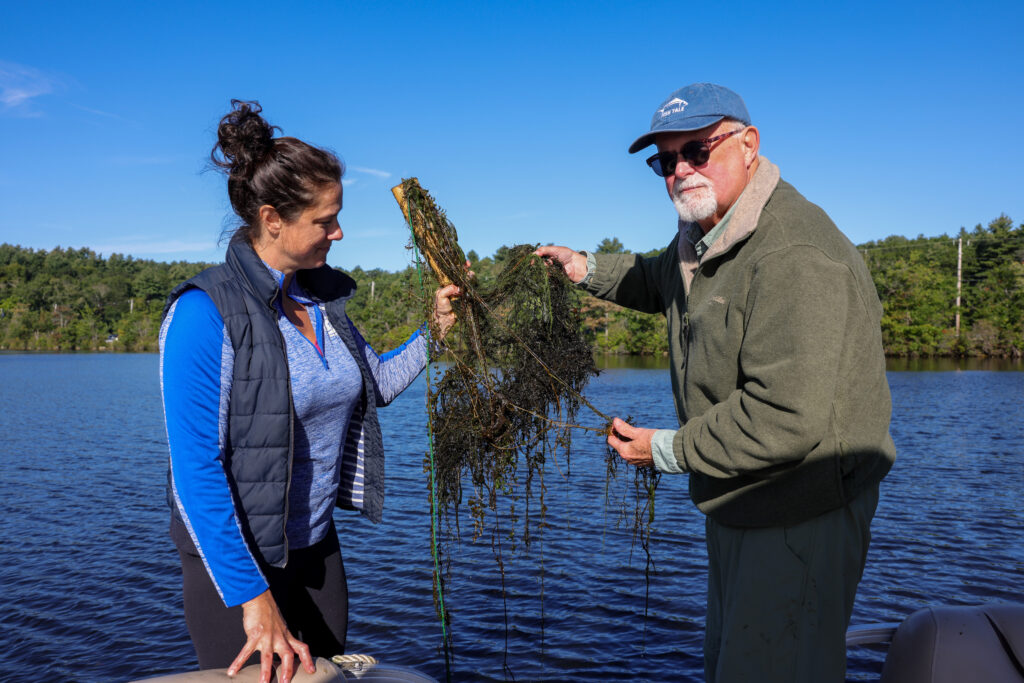
Lake Maspenock Preservation Association president Sabine St. Pierre (left) and limnologist Dave Mitchell show some weeds they removed from the water during an analysis last year. FILE PHOTO/JOHN CARDILLO
The battle against invasive aquatic weeds marches on as town officials prepare to treat Lake Maspenock with herbicides next week.
The treatment, scheduled for June 17, will be applied to the lake’s north basin. It will be focused on the area around Sandy Beach and north up to West Main Street.
“We’re advising against swimming, boating, or fishing in the lake for two days once the herbicide has been applied,” said Department of Public Works Director Kerry Reed.
The same two-day prohibition applies for watering any livestock as well. DPW warns against using lake water for irrigation for six days post-treatment.
This will be the first treatment of Lake Maspenock led by the town and DPW. In the past, similar treatments were sponsored by residents who live around the lake or other entities, according to Reed.
Solitude Lake Management is the firm applying the herbicide — a mixture of endothall and diquat — to the affected area. The contractor received an official license for applying the chemicals to Lake Maspenock from the Massachusetts Department of Environmental Protection back in May.
This work comes just as recent surveys show increased densities of weed growth in the lake.
“The number of weeds we saw is what we’d typically see in August or late July,” said Sabine St. Pierre, president of the Lake Maspenock Preservation Association (LMPA).
“We’re now seeing in June what would usually be peak growth later in the year,” she added.
Another compounding factor is the discovery of a new invasive weed species. But despite its appearance, Reed is hopeful about treatment options. “This is a great opportunity to treat it before it gets a stronghold in the lake,” she said.
For residents who have been advocating for this herbicide treatment, the upcoming application is a bit of a welcome relief.
“It’s a step that’s not going to have an instantaneous magic effect, but it’s a start to restore balance,” said Joe Baldiga, chair of the Lake Maspenock Weed Management and Control Citizens Input Group (CIG).
The CIG has been working since 2015 to study the invasive weed issue. It coordinates with the LMPA and limnological professionals to understand the problem and provide recommendations on possible solutions.
The town traditionally has employed drawdowns as a method of weed control. This process involves lowering the water level of Lake Maspenock in the winter months, allowing the lake to freeze easier and kill off invasive plants.
However, an increasing trend of warmer winters has rendered this technique less effective.
“Drawdown only works if the conditions that make it successful are in place,” said Baldiga. “But because of a warming climate, we [essentially] don’t have a winter anymore.”
After years of rigorous research and identifying possible solutions, Baldiga and others feel chemical weed control is the most impactful approach.
Not everyone in town agrees with this position.
The Hopkinton Sustainable Green Committee (SGC) has consistently advocated against the use of herbicides in Lake Maspenock. In a press release from March of this year, the committee argues the application of these chemicals is “fiscally and environmentally irresponsible.”
“We feel there are better options for weed control,” said SGC member Linda Chuss. “They just take more effort from all of us.”
Chuss cited several reasons why her committee and other residents oppose the move to chemically treat the weeds in Lake Maspenock. She pointed to questions about long-term efficacy and the recurring annual costs of treatment.
“You’re looking at tens of thousands of dollars every year for a short-term solution,” she said. Her committee warns of an “herbicide treadmill,” which feeds nutrients from killed plants into future plant growth.
Long term, they believe herbicidal mitigation issues will prove ineffective.
The SGC has raised concerns over the chemicals’ effects on ecological and public health as well. They point to the potential use of PFAS in these herbicides. PFAS chemicals could remain in the environment and enter local water systems after the treatments have run their course.
“The DPW has said there’s no PFAS being used on the lake, but [the committee is] not certain that’s the case,” said Chuss.
The SGC has objected to the specific chemicals. Solitude has recommended for weed management, too. Diquat reportedly was banned by the European Union in 2018 and listed as a carcinogen, according to the committee’s press release.
“The methods we are recommending might not be as effective but are definitely less harmful,” said Chuss.
While Baldiga and St. Pierre agree that alternate methods of weed control are valuable, they do not believe they can completely address the situation at Lake Maspenock. The CIG, LMPA and others view herbicides as a last but necessary resort.
“We hoped we’d never have to get here, but that’s the case,” said St. Pierre.
“Solutions that have been tried to date have not done anything to tamp down the weeds,” Baldiga added. “Our toolbox of alternate methods isn’t feasible for those shallow areas the weeds are residing in.”
Regardless of their disagreements on methods, parties on all sides of the weed control issue agree that prevention and education are the strongest mitigation tools available.
There are three factors exacerbating the invasive weed issue in Lake Maspenock: fertilizer runoff, yard waste and boats. Controlling each of these is key to a long-term management strategy.
“We encourage residents to try to limit the use of fertilizers that contain phosphorus and nitrogen, as these fuel invasive weed growth,” said Reed.
Beyond limiting the use of these fertilizers, the DPW, LMPA and SGC promote the planting of vegetative buffers to catch any runoff.
In addition, the LMPA continues to provide information about the effects of yard waste on the lake. Blowing nutrient-rich leaf litter into the lake bolsters the weeds’ explosive growth, according to St. Pierre.
All groups want boaters to be diligent about cleaning their boats before entering the lake.
Because boats often are the source of these invasive plants, boaters are required by law to clean, drain and dry their vessels for a week or more before entering a new body of water.
Limiting these factors could increase the efficacy of this year’s herbicide treatment.
Even though the town is moving forward with herbicide treatment, the SGC hopes the town will prioritize other weed control measures in future years.
“We would like to continue working with the town on natural, non-harmful methods to control weeds in the lake,” said Chuss.
Whatever measures taken moving forward, the problem will require continued efforts on behalf of the town, community organizations and residents.
Said St. Pierre: “It’s the whole community — not just those living directly around the lake — who are responsible for protecting the lake.”


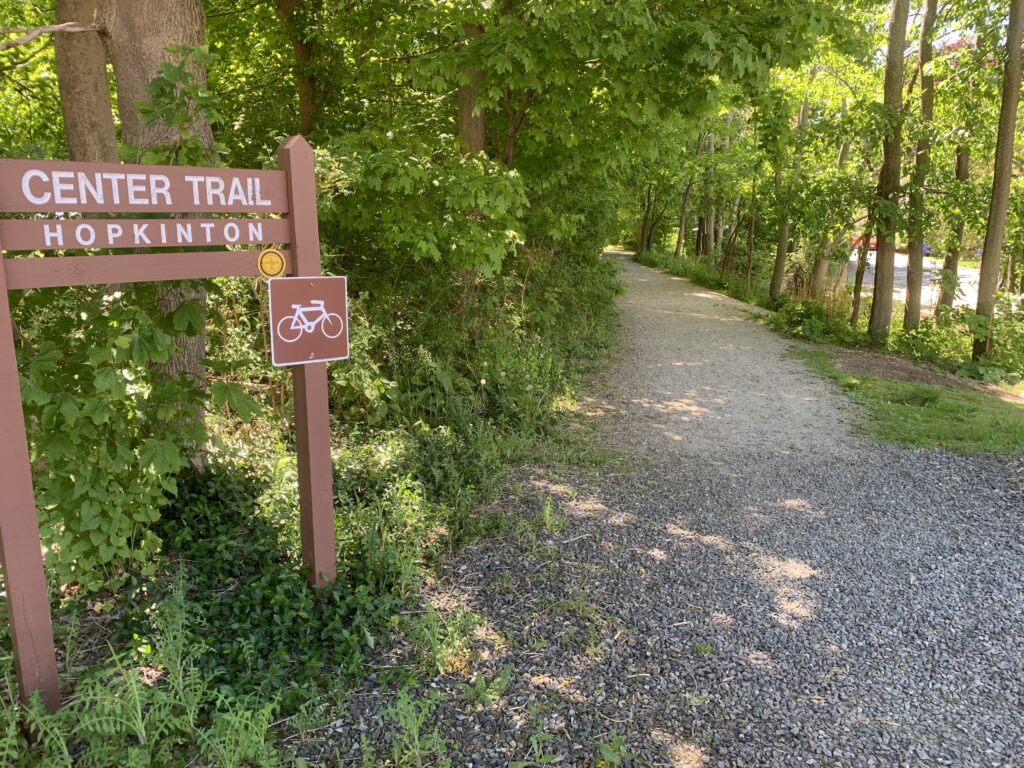
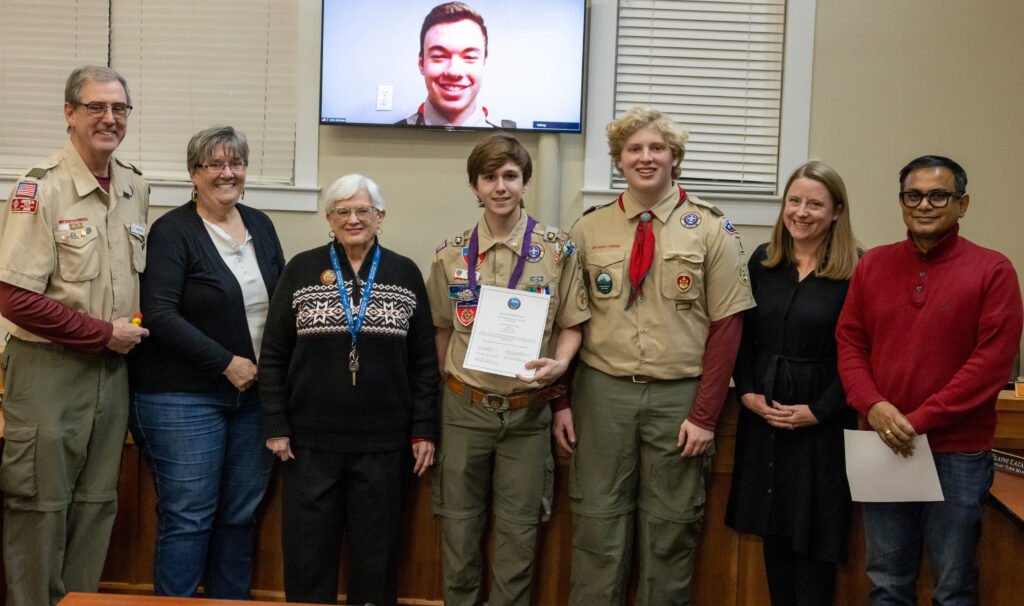
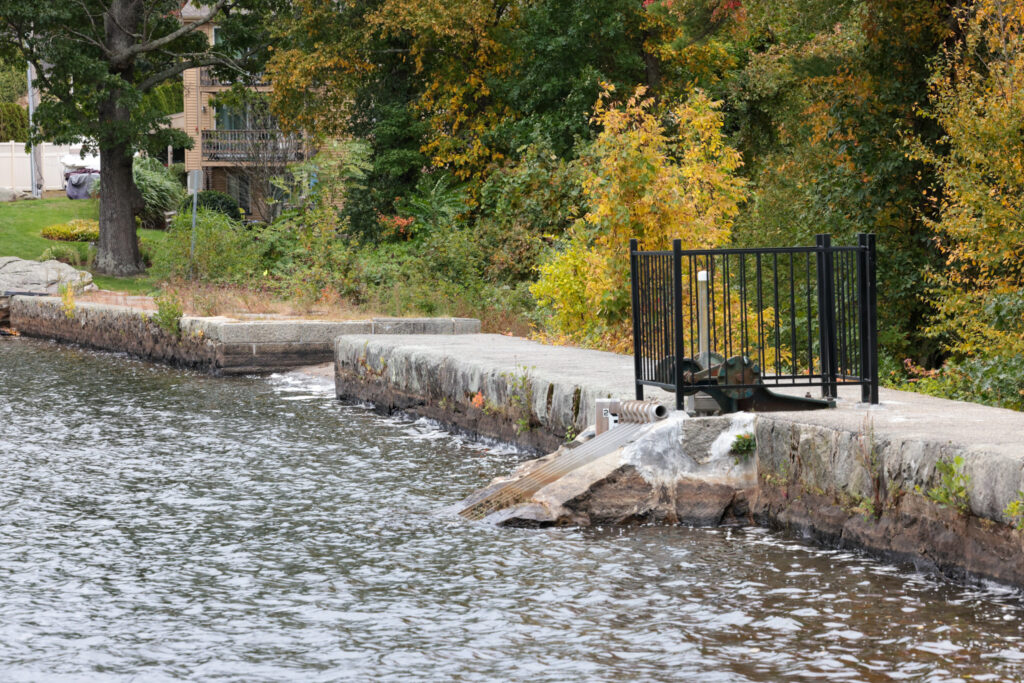
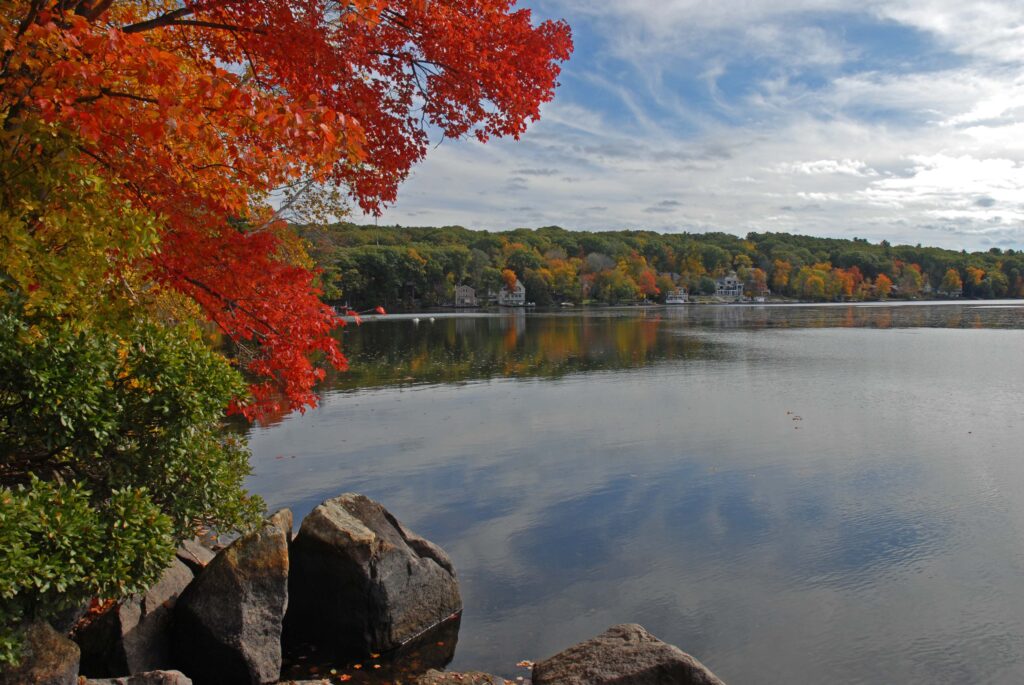












Residents of Hopkinton can read the Sustainable Green Community’s opposition to toxic aquatic herbicides in their press release which includes informative links and state officials quotes.
https://docs.google.com/document/d/1i3zEBfYPn6slcIj4MDivtb_qJbi74GFYBXF1K3Gpzc8/edit
Chemicals to be used in Lake Maspenock are not classified as “safe” as members of LMPA have stated. They are classified as “minimally harmful” and in need of more study. Next Monday 6/17 is a sad day for our lake.